Going into March, the start of springtime, we at Breaking Taboo would love to talk about how the changing seasons can affect our mental health. Seasonal Affective Disorder (SAD) is characterized as bouts of depression that occur when the season changes, typically happening in winter and coming back in the following spring or summer [1]. As the seasons change, our moods can shift and sometimes, we don’t know why. Symptoms of SAD include episodes of depression which can involve weight gain, increased sleep, and less motivation for activities [2]. SAD occurs in ~10% of the general population, and is 3 times more prevalent in females than it is in males [3].
Research shows that circadian rhythms play a role in SAD. Circadian rhythm is your 24-hour biological clock which regulates your sleep/wake cycle and is controlled by part of your hypothalamus [4]. Your circadian rhythm is set through external stimuli such as light and dark that gets transmitted to the pineal gland and let’s our brains know when we should be getting sleepy . You tend to feel sleepy when it’s dark, and not through your daily habits. As the seasons change, the amount of light during the day fluctuates, causing disruption to circadian rhythms. Interestingly, circadian rhythms can change as you get older and SAD becomes rare after the age of 50 [4 & 5].
Since light plays such a large role in setting circadian rhythms, there has been research on the effectiveness on treating SAD with light therapy during winter depression [5]! During light therapy, the patient sits in front of a light box and will be exposed to blue wavelengths for a set period of time [1]. This allows for the patient to receive a new light source they aren’t able to get naturally, especially during the wintertime when the sun doesn’t come out as frequently.
There have also been additional studies focusing on the correlation between vitamin D and depression [6]. Links have been found connecting depression and anxiety with vitamin D deficiency. As seasons change, there’s also a change in natural light. Spring is approaching, which means more sunlight, but what about those of us that can’t get out during the day due to things like school and work? I believe that for those of us that can’t get outside when the suns out, it can make us more prone to seeing symptoms of SAD. It’s important to get a chance to take a walk or catch some fresh air as much as your days allow you to.
Even though blue light therapy has been found to be very effective for combating SAD, regular blue light that emits from our digital screens, lights, etc. can actually be disruptive for our circadian rhythms [7]. It adds too much additional light that gets sent to the pineal gland and disrupts the processes in your brain that lets you know when you should start getting tired. Additionally, looking at screens for a prolonged period of time can cause strain in your eyes and make you more fatigued. Even though many of us are so accustomed to using our phones or looking at other types of screens, it would be good to take a break from it when you can and focus some more time outside in the natural light. It wouldn’t be far fetched to say that taking breaks as much as we can and just being outside for a few minutes can make such a large impact on our overall mental well being.
~ Lucy Li
[1] https://www.tandfonline.com/doi/full/10.1081/CBI-120019310
[2] https://jamanetwork.com/journals/jamapsychiatry/fullarticle/481869
[3] https://europepmc.org/article/MED/9522484
[4] https://www.sleepfoundation.org/articles/what-circadian-rhythm
[5] https://europepmc.org/article/MED/9522484
[6] https://www.sciencedirect.com/science/article/pii/S030698770700240X
[7] https://lowbluelights.com/blue-light-glasses-can-help-fight-seasonal-depression/

